Ford has confirmed UK pricing of its new Puma SUV ahead of the first examples being delivered to customers in January.
The rebirth of the Puma name as a sporty high-riding model will see it start from £20,845 in Titanium trim, with Ford not initially looking to offer a lower-spec variant.
It comes as standard with features not usually confined to 'base' models, such as lumbar massage front seats and wireless phone charging, plus lane-keep assist and pre-collision assist with pedestrian detection. However, Ford won't be taking orders for this model until the start of next year.
Instead, a number of First Edition variants are being offered first for January deliveries. The Puma Titanium First Edition starts from £22,295 and gets intelligent adaptive cruise control, a rear-view camera, heated seats and a heated steering wheel. It's powered by a 123bhp version of the 1.0-litre Ecoboost mild-hybrid three-cylinder petrol engine.
Also offered is a Puma ST-Line X, which gets the option of a 153bhp version of the same engine alongside the above unit, adding an exterior bodykit and sporting cabin details, sports suspension, alloy pedals, a digital instrument cluster and LED headlights. The initial First Edition adds 18in alloys, an electric tailgate and a 10-speaker B&O audio system to that tally, and is priced from £25,195.

Finally, a fully loaded ST-Line X First Edition Plus, solely available with the 153bhp unit, adds 19in wheels and a panoramic roof from £27,345.
The lower-powered unit comes with the mild-hybrid system in everything but the base Titanium trim, reducing its CO2 output from 103g/km to 96g/km. Both engines come with a six-speed manual gearbox as standard.
The model, which sees the small coupé of the late 1990s morphing into a sporty compact crossover, is subtly but effectively different from its established SUV rivals.


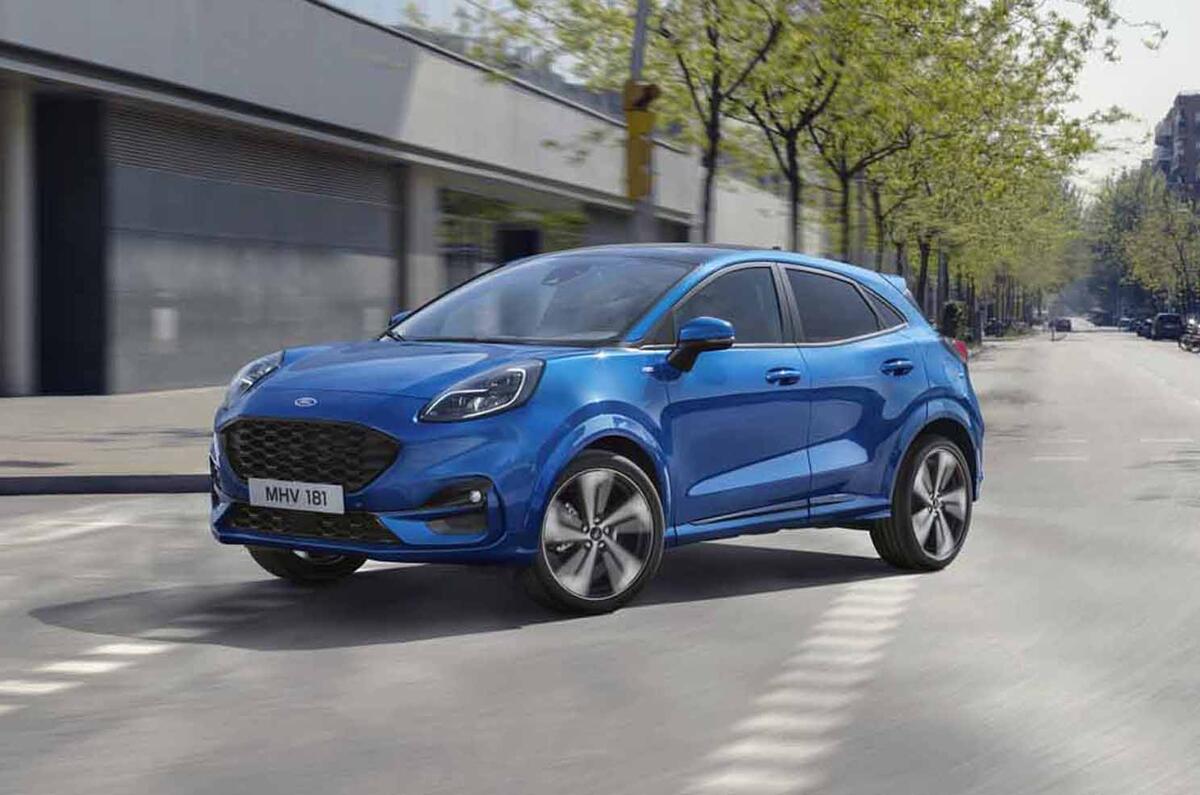
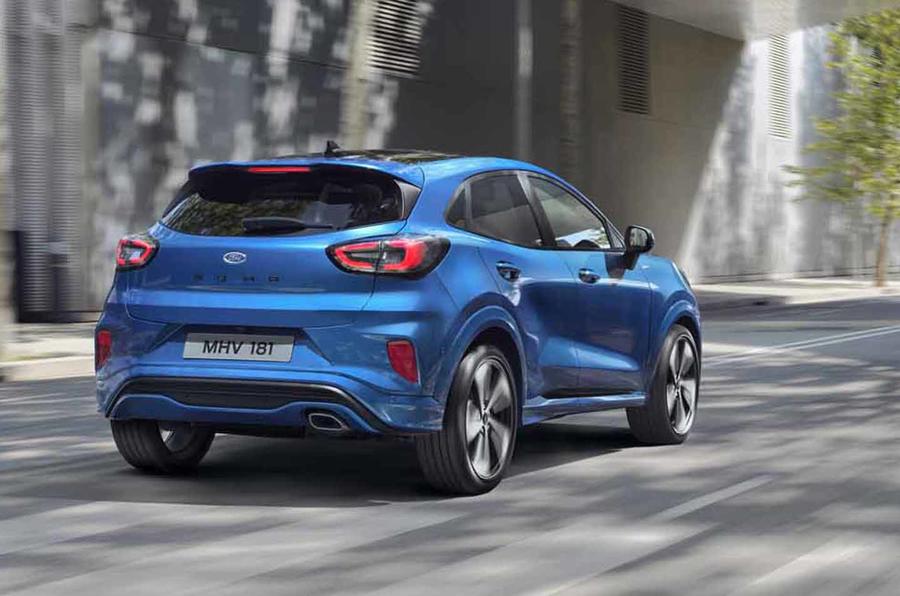






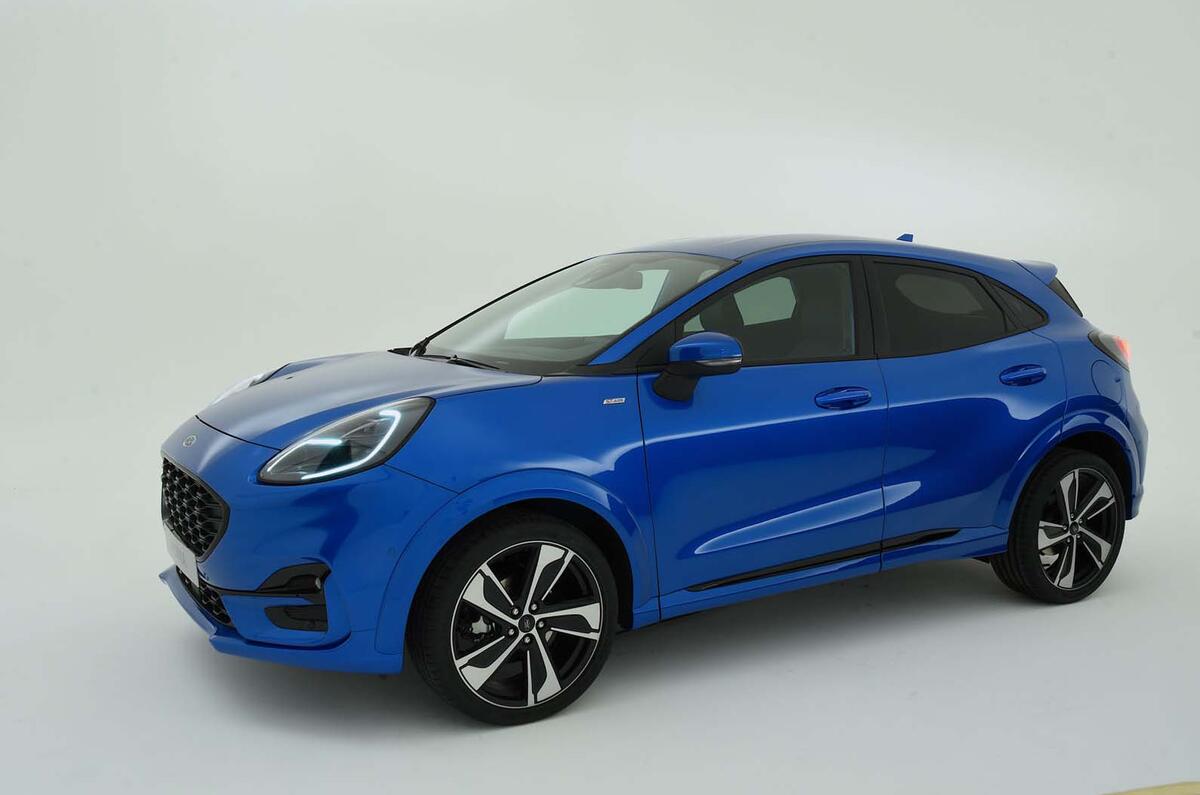
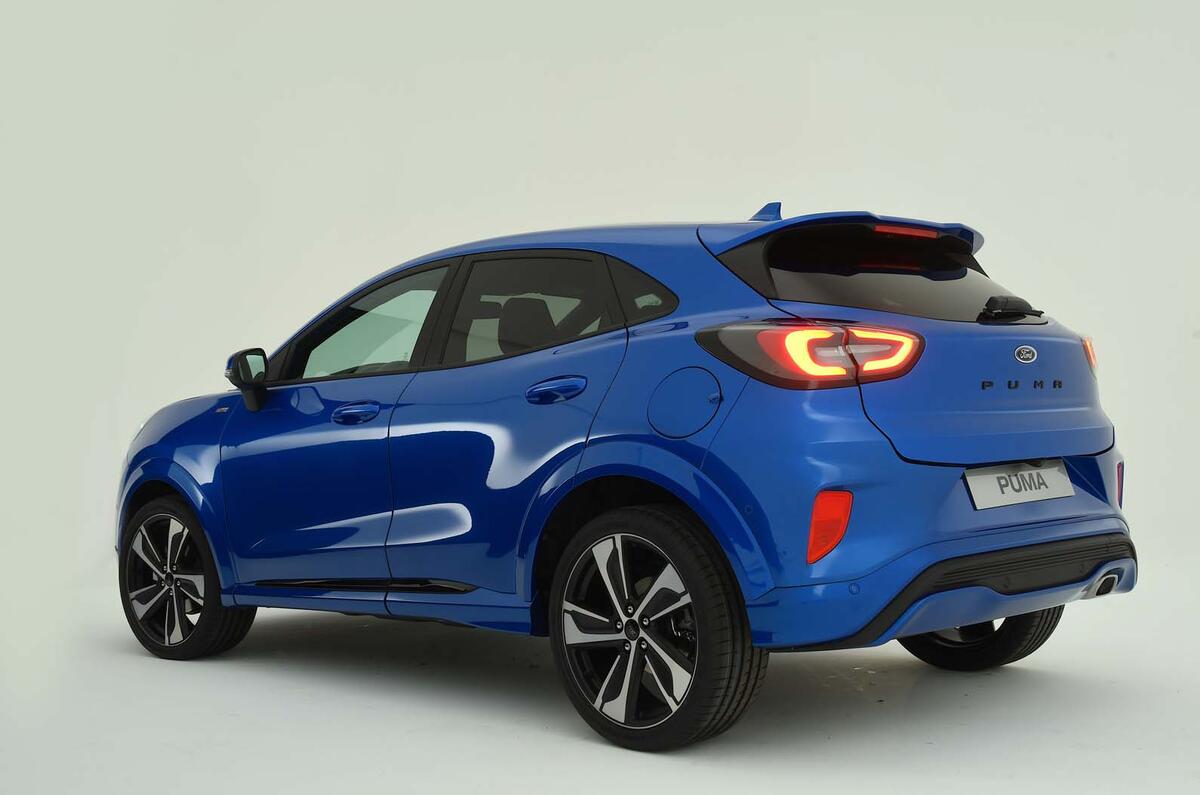

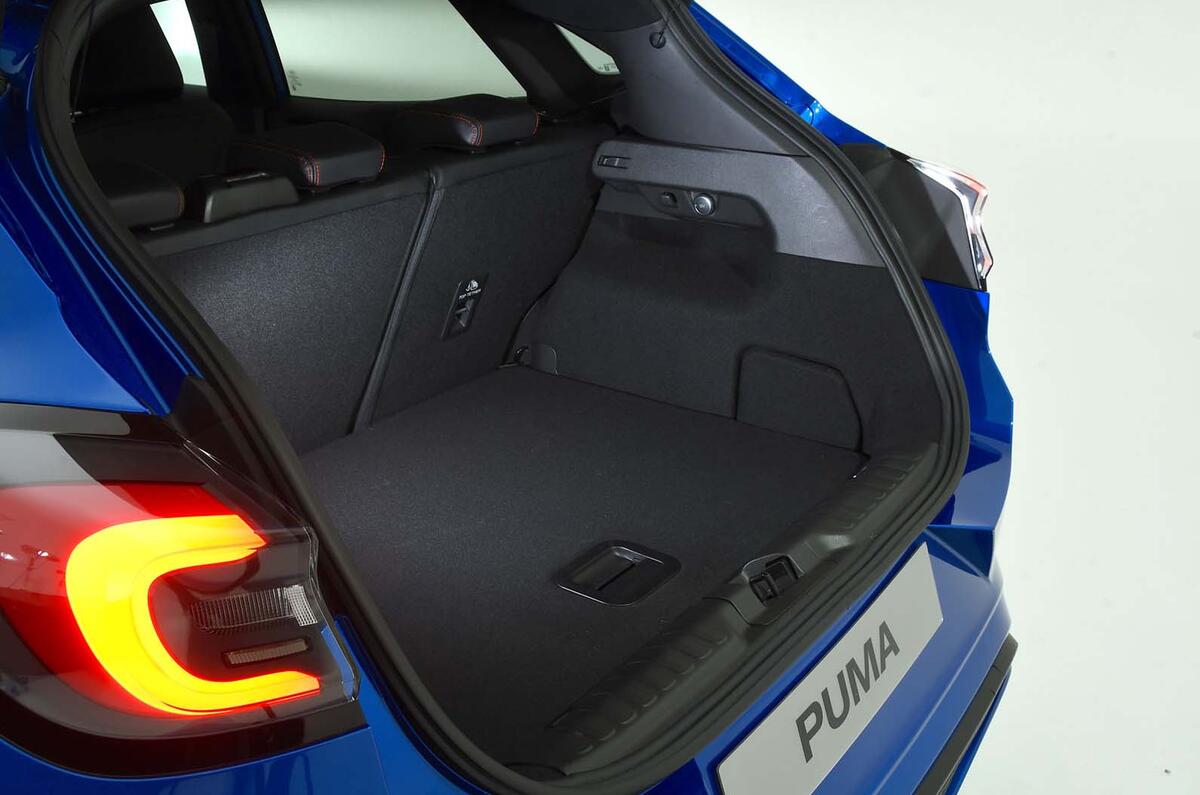
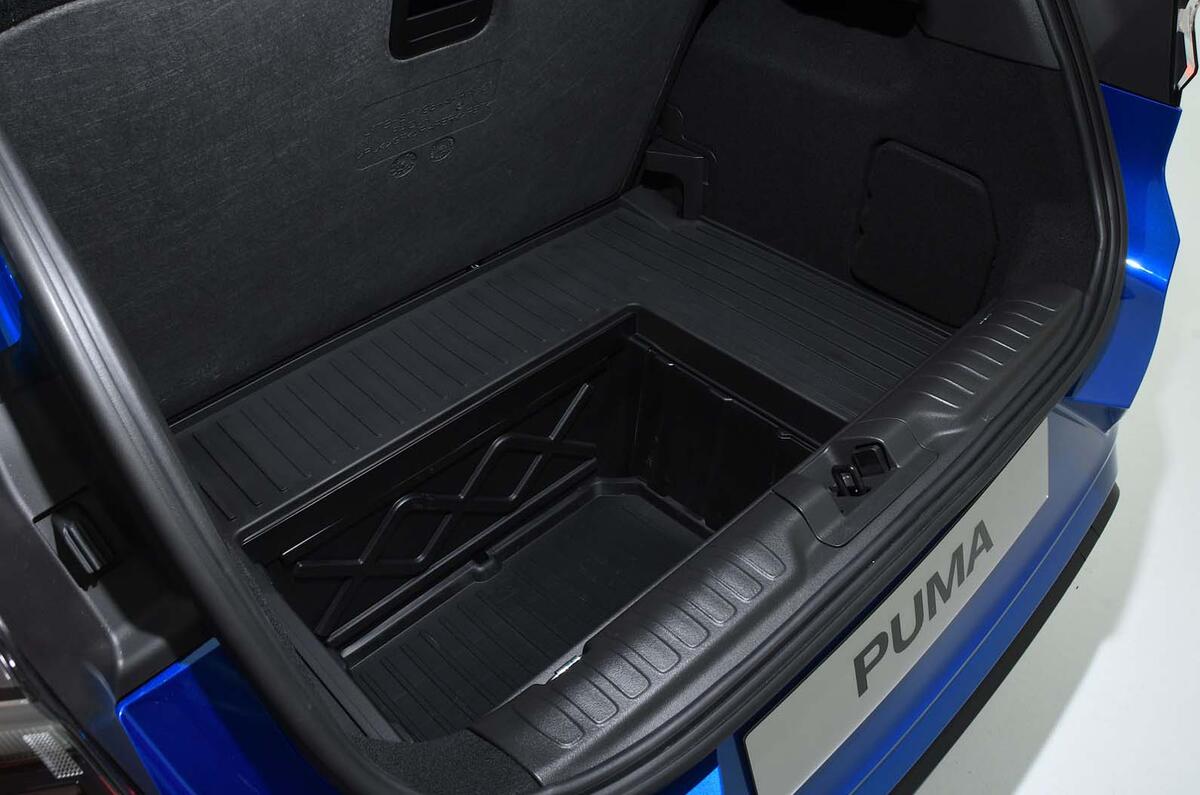
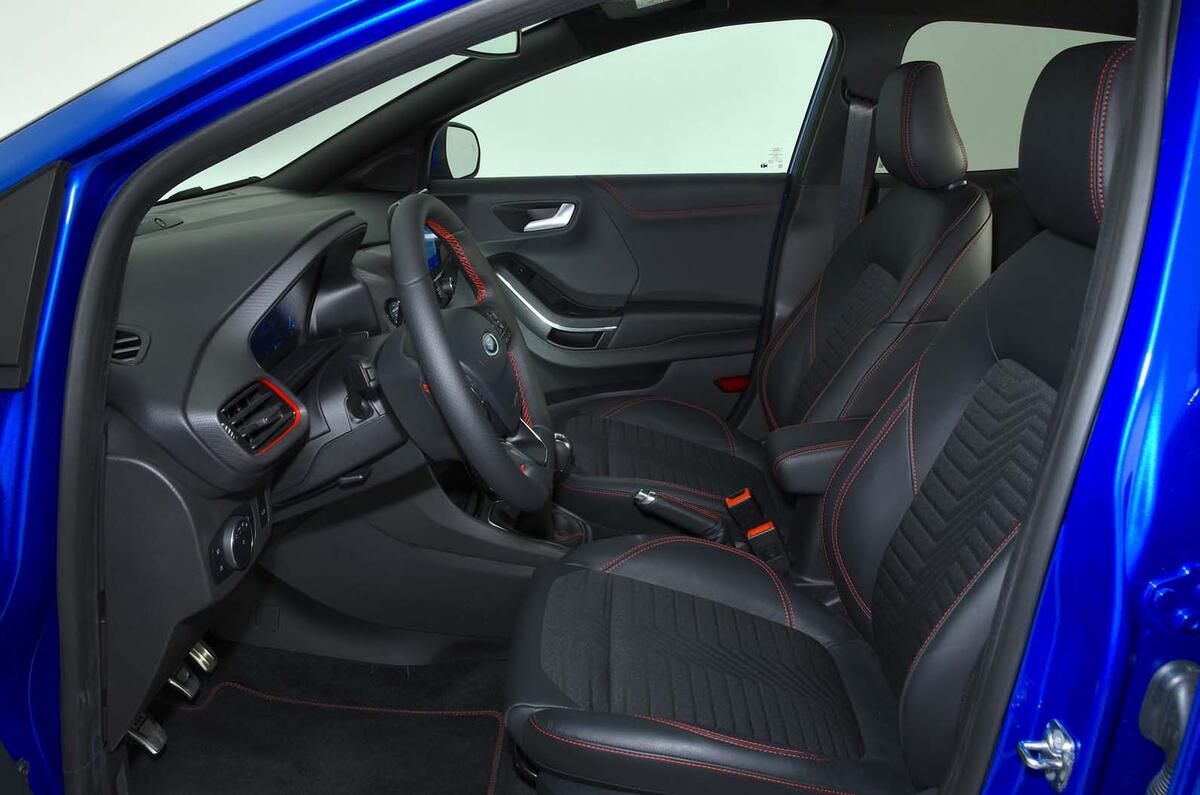

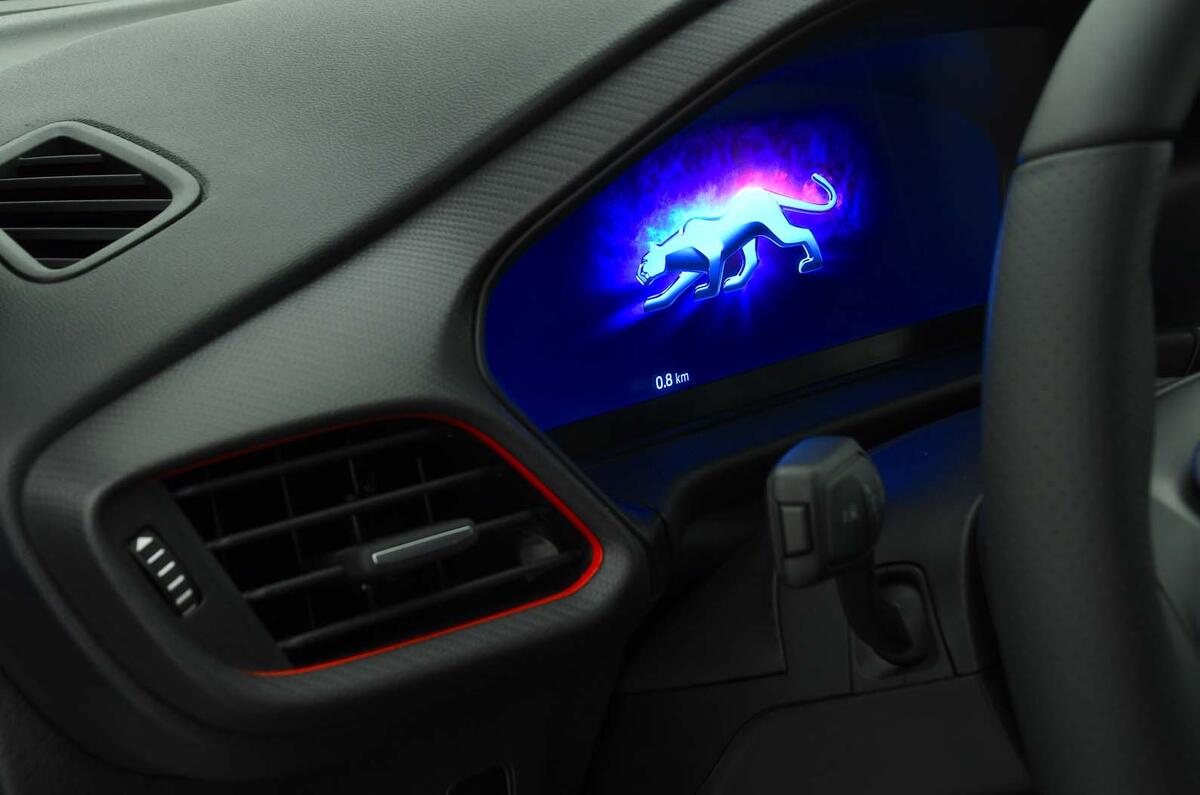

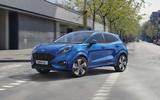






















Join the debate
Add your comment
Found my dream car
I have a fiesta titanium b and o play edition at the moment,want one of these when it gets here,love the styling,dashboard,tech,I mean foot operated tailgate is awesome,I had one on a cmax,I miss it,love adaptive cruise control,got it on my fiesta its awesome,I miss auto park to will having it on my puma,started saving already
What about the new Kuga?
And what has happened to the new Kuga?
Thought this was going on sale just before the Puma, but things have gone quiet.
Switch Gear
My biggest gripe (as with all fords) is they need to start thinking about doing an overhaul of their switchgear. Seeing as the same window switch assembly (as an example) that was used in my partners 12 plate focus when she had it, they are looking out of date now...
I'd also be taking the £27k for the top model with a pinch of salt , I am sure they will be some belting deals about to drum up interest...